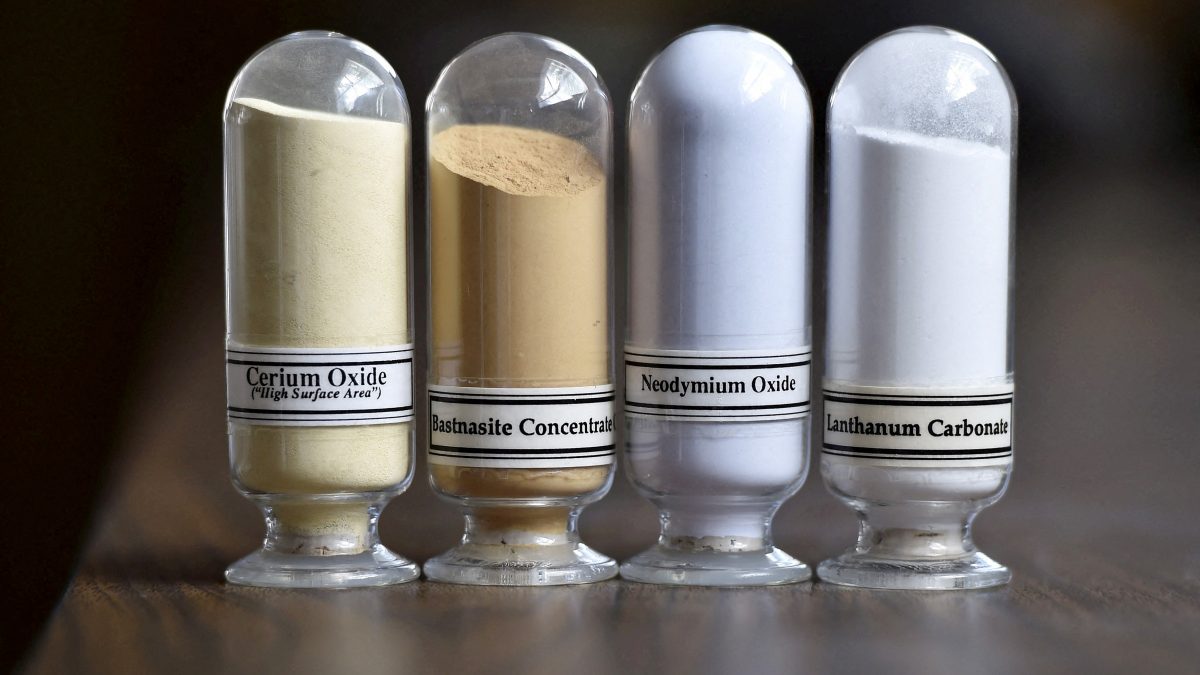

China's dominance in the rare earths market continues to be a significant factor in global trade and geopolitics. Recent developments highlight both its export capabilities and the strategic implications for countries like the United States and India.
Record Exports to the US
In June 2025, China's exports of rare earth magnets to the United States experienced a dramatic surge. According to data from China's General Administration of Customs, shipments jumped to 353 metric tons, a 660% increase compared to May. This substantial rise followed a preliminary trade agreement between Washington and Beijing, which eased restrictions on Chinese rare-earth exports and scaled back certain US tech curbs on exports to China. The agreement also paved the way for Nvidia to resume sales of its H20 AI chips to China.
Despite the impressive monthly growth, the June figures were still nearly half of what they were in June of the previous year. China's total exports of rare earth magnets globally in June reached 3,188 tons, a 157.5% increase from May, but 38.1% lower than June 2024. This indicates that while exports are recovering, they have not yet reached pre-restriction levels.
In early April 2025, China had implemented export restrictions on several rare earth items in response to US tariffs. This led to a sharp decline in shipments during April and May, disrupting the global supply chain and forcing some automakers outside China to temporarily halt production due to shortages. The recent increase in exports suggests a relaxation of these restrictions, but the situation remains dynamic.
Impact on India
While the US has seen a recovery in rare earth magnet imports from China, India continues to face challenges. China's export curbs on rare earth elements have raised concerns in India, particularly for its automobile and electric vehicle (EV) industries. These sectors rely on rare earths for manufacturing components like electric motors, power steering systems, and braking systems.
The restrictions, which include seven specific rare earth elements, have led to delays and increased costs for Indian manufacturers. Indian importers face a lengthy procurement process, requiring approvals from both Indian and Chinese authorities, which can take 40 to 45 days. As of early July 2025, none of the import requests from Indian companies had been approved by China's Ministry of Commerce, despite endorsements from the Indian government.
This situation has prompted India to seek alternative supply partners and explore ways to boost domestic rare earth production. The Indian government is considering measures to conserve rare earths for domestic use, including potentially halting exports to Japan. However, developing domestic production capabilities and diversifying supply chains will take time and require significant investment and policy support.
The disruption in rare earth supplies could significantly impact India's EV plans and overall economic growth. Some reports suggest that EV makers may be forced to increase prices by up to 8% due to the higher cost of rare earth magnets. The Indian government has allocated a substantial budget to promote the EV sector, but the rare earth supply challenges could hinder these efforts.
Strategic Implications
China's actions in the rare earths market highlight its strategic leverage in global trade. The ability to control the supply of these critical minerals gives China significant influence over various industries, including electric vehicles, wind turbines, and electronics. As countries like the US and India strive to reduce their dependence on China for rare earths, they are exploring alternative sources, investing in domestic production, and developing recycling technologies. The recent developments underscore the importance of securing stable and diversified supply chains for these essential materials.